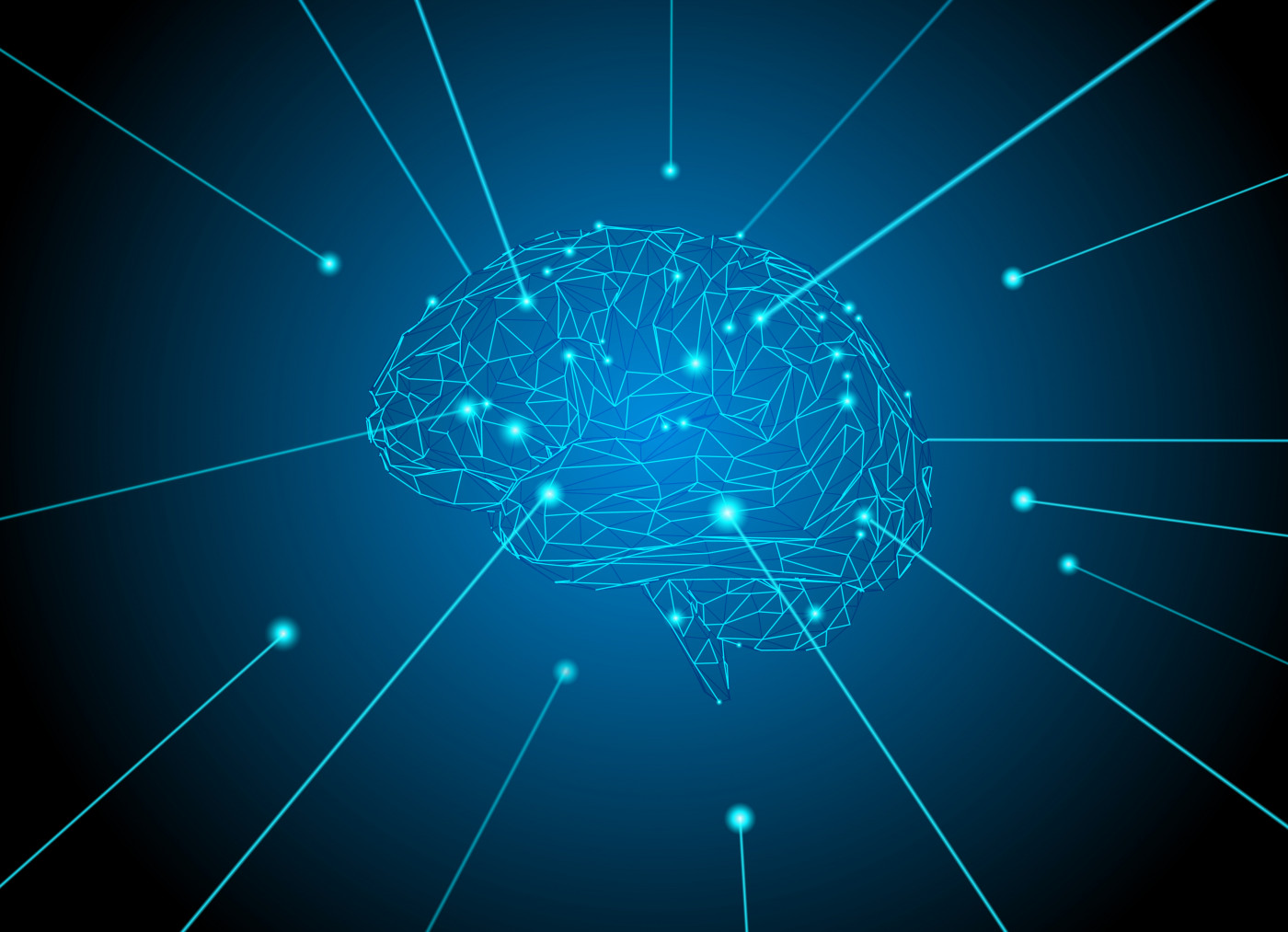CP-related Worm Study Identifies Which Brain Cells Control Which Movements

Researchers have discovered fundamental rules of how the brain controls movement in a worm — and the same rules could apply to higher organism such as humans.
The finding could revolutionize the way we see and treat disorders involving loss of muscle function, such as cerebral palsy — or CP — and Lou Gehrig’s disease.
The study, “Network control principles predict neuron function in the Caenorhabditis elegans connectome,” was published in the journal Nature.
Our brain is thought to have about 86 billion nerve cells. It controls our thoughts, memory and speech, the function of many of our organs, and our movements. But the mechanisms behind such complexity remain a mystery.
The human brain has the same basic structure as other mammals’ brains, with the main differences being size and number of nerve cells per area.
Several studies are trying to unravel the principles by which the brain exerts its control, so that scientists can make predictions about the mechanisms involved. A lot of existing models linking brain activity and human movement are derived from animal research.
Studying simple organisms with fewer nerve cells and fewer processes controlled by them is a good starting point for discovering the basic rules of the human brain, some scientists contend.
Many researchers have been using Caenorhabditis elegans, a small non-parasitic roundworm found in soil, as a model for studying neurobiology. A key reason is it has only 302 nerve cells.
A team at Northeastern University’s Center for Complex Network Research has been studying the nematode’s brain network for several years. And recently the Boston group was able to predict, test, and confirm how that brain controls the worm’s movements.
In fact, the scientists developed a model that predicts which nerve cells control different worm movements, like squirming and scooting around. This led to the creation of a map showing the connections between specific nerve cells and muscles.
The model is simple, consisting of ones and zeros that indicate the existence or absence of a connection. It is based on several rules of biology.
Researchers at Cambridge University’s Medical Research Council Laboratory of Molecular Biology in England confirmed the predictions. They did this by using a laser to eliminate individual nerve cells, then seeing how the elimination affected the nematode’s behavior.
“Remarkably, the predictions were confirmed, supporting the theory and providing new insight into how individual neurons [nerve cells] control body movements,” William Schafer, a Cambridge researcher who was one of the study’s authors, said in a press release.
Albert-László Barabási, the director of the Center for Complex Network Research, said he was thrilled to have “the first direct experimental confirmation of the control principles.”
“And I’m equally excited that it offered us a way to systematically predict, with exceptional accuracy, the neurons that are involved in specific processes,” added Barabási, the study’s senior author.
The researchers believe that the control model could be the first step toward a similar one for the human brain. This could revolutionize how we see and treat muscle disorders such as cerebral palsy and Lou Gehrig’s disease.
“We could, in theory, turn something that is uncontrollable into something that is controllable,” said Dr. Emma Towlson, a post-doctoral researcher at the Boston center who was one of the study’s lead authors. “This is the ultimate ambition, but there is a huge leap in the middle.”
The next step will be to apply the control principles to other models, like the zebra fish and mouse, ultimately moving on to humans.


